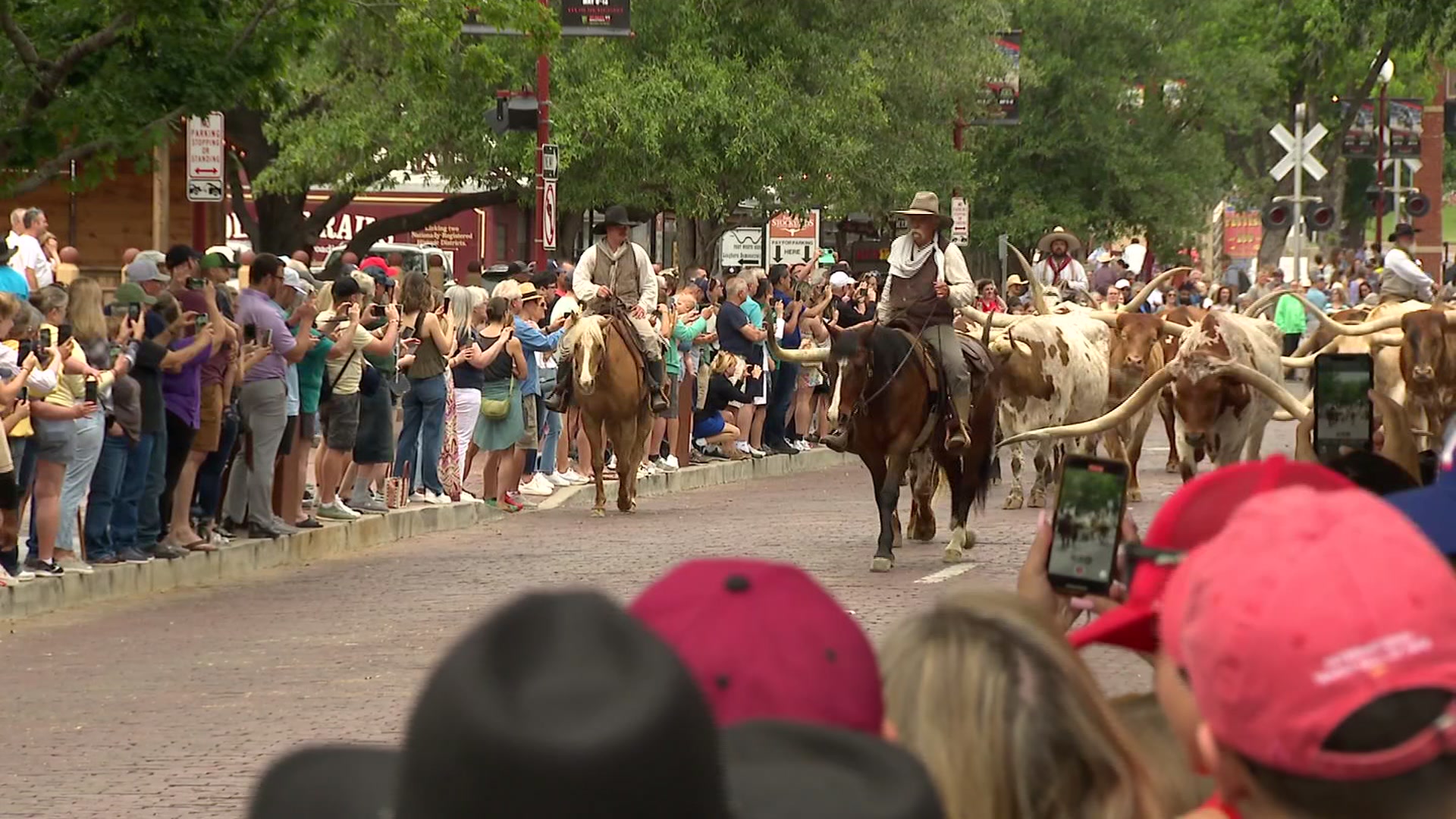Dallas Museum of Art’s current exhibition, Divine Felines: Cats of Ancient Egypt organized by the Brooklyn Museum features 80 objects depicting Ancient Egyptians’ admiration for cats and the ancient society’s ties to nature in general.
“The Nile made Egypt a rich and prosperous land. Because their life was built on their relationship with animals, Egyptians saw the natural world as divine,” Dr. Anne R. Bromberg, The Cecil and Ida Green Curator of Ancient and Asian Art at the Dallas Museum of Art explained.
The Egyptian gods and goddess were not felines, but they were given feline features to express their powers. Ancient Egyptians identified strength, power, and vitality with the lions they observed in nature and sphinxes still guard ancient temples.
In the exhibition, that power is represented by bronze statues and a limestone stela with the Egyptian gods Bes and Tutu.
Ancient Egyptians also appreciated the sensual side of cats. “Some goddesses are represented with lovely female bodies with feline heads. We think of cats as lovely and cuddly, but these goddesses are powerful and sexy,” Bromberg said.
Goddesses Sakhemet and Bastet seem to embody this graceful sensuality, fertility and authority. Bromberg favors a statue of the goddess Wadjet because of its superb modeling and bronze casting that combines female and feline beauty and strength.
Ancient Egyptians also valued cats’ company. There are plenty depictions of ancient domesticated cats lounging with their wealthy owners, similar to their modern-day counterparts finding their way onto social media.
The Scene
One tiny but exquisitely rendered bronze shows an intimate portrait of a mother cat nursing her litter of kittens. This exhibition also includes furniture and everyday items decorated with feline portrayals.
Never has a society been so concerned with death and the afterlife as Ancient Egypt and many of the pieces in the exhibition reflect this priority. Craftsmen created cat coffins and objects and funerary stelas depicting beloved cats and other pets are often found in tombs.
Bromberg points outs that the artisans who created these objects were highly valued. “There were no starving artists in Ancient Egypt. There was an entire class of people who were artisans because they made things the wealthy felt they wanted and needed in the afterlife. No other society devoted so many resources to the business of making things for tombs,” Bromberg said.
Bromberg’s affinity for cats is only matched for her affinity for the history and art that has shaped her more than 50-year career at the Dallas Museum of Art. Her work at the Dallas Museum of Art began in 1962 when she began giving lectures while the museum was still at Fair Park.
After earning her Ph. D. in Classical Art and Archeology from Harvard University, she moved to Dallas with her husband with the intention to teach. Her teaching resume includes work at Southern Methodist University and the University of Texas at Arlington and she taught theater history at the Dallas Theater Center.
She admits she became a curator almost accidentally. After lecturing on some major Greek and Roman sculptures that are the basis of The Cecil and Ida Green Collection, Bromberg was invited to create an education department.
When the museum moved to its current location in downtown Dallas, a new museum director wanted to use her skills for curating. “Early on, there were only two or three curators at most. Now we have a tremendous art collection from all over the world. Different directors have had different interests and that has expanded the collection. We have grown from a small provincial museum to a large multi-cultural institution,” Bromberg said.
Bromberg also notes the proliferation of the museum’s public programs and the increased traffic at the museum due to free admission. The Dallas Museum of Art now employs ten curators, supported by interns and administrative assistants. Bromberg contributes to the museum’s publications and she is amazed how a small group of a few pieces has the potential to flourish and become prominent collections.
Divine Felines: Cats of Ancient Egypt is on display through January 8, 2017.
MORE: DMA.org
Kimberly Richard is a North Texan with a passion for the arts. She’s worked with Theatre Three, Inc. and interned for the English National Opera and Royal Shakespeare Company. She graduated from Austin College and currently lives in Garland with her very pampered cocker spaniel, Tessa.



